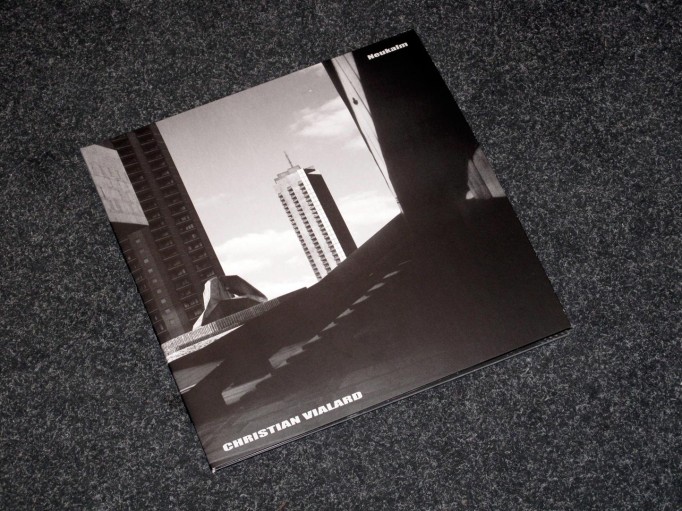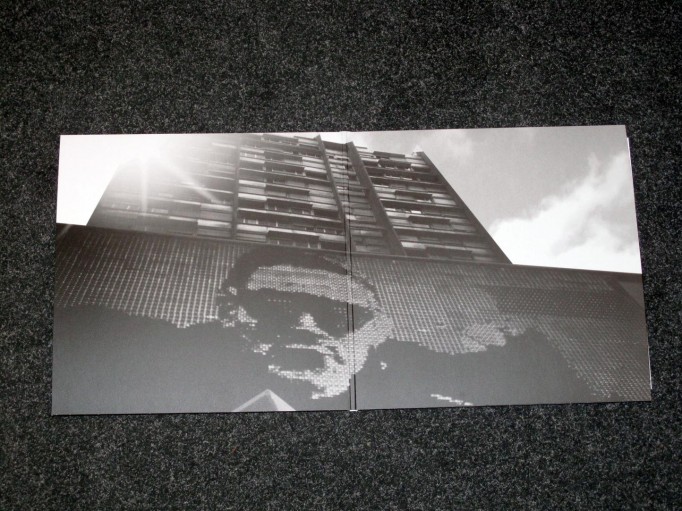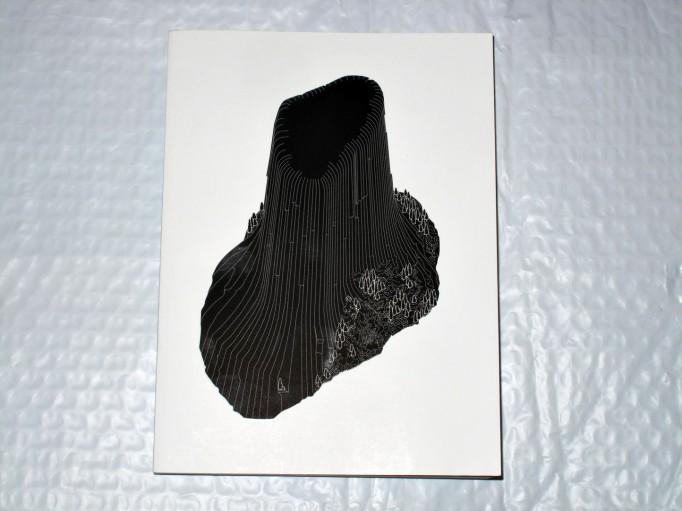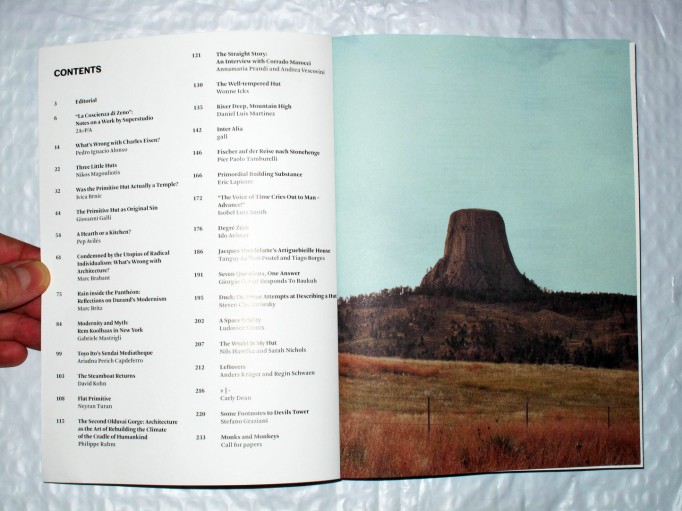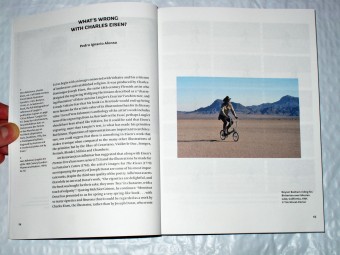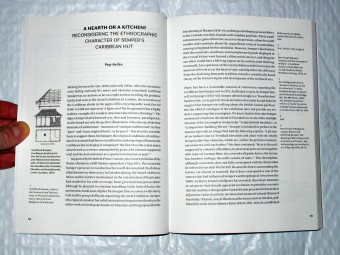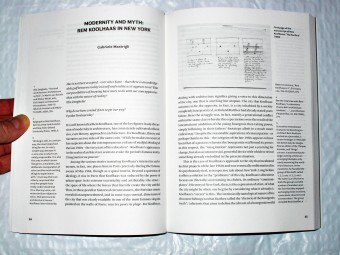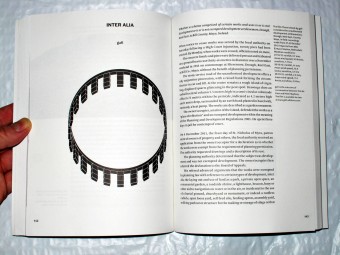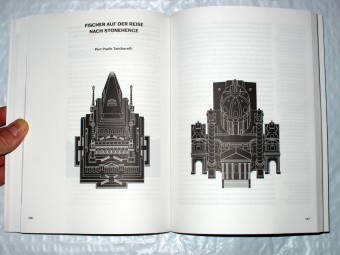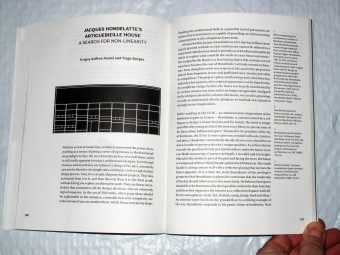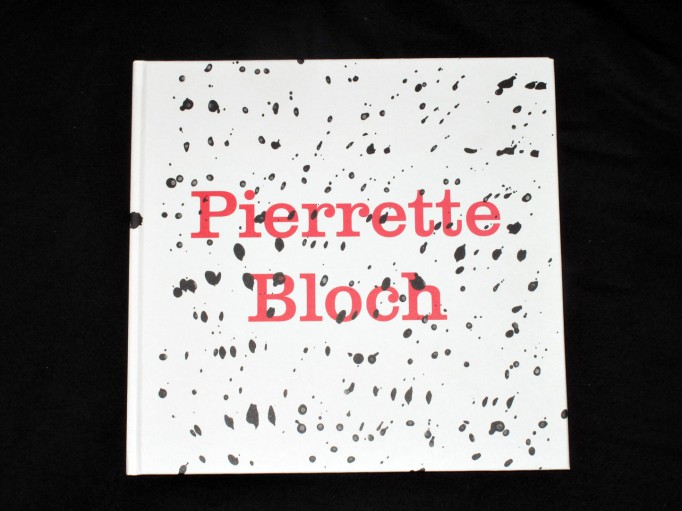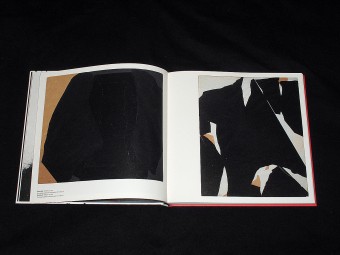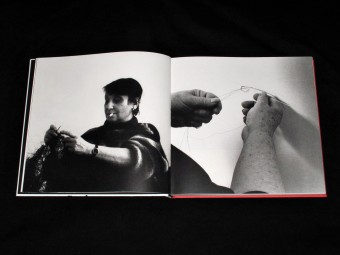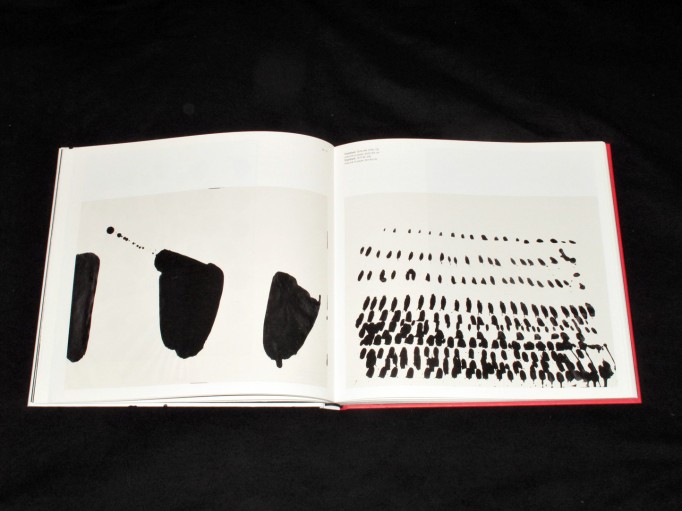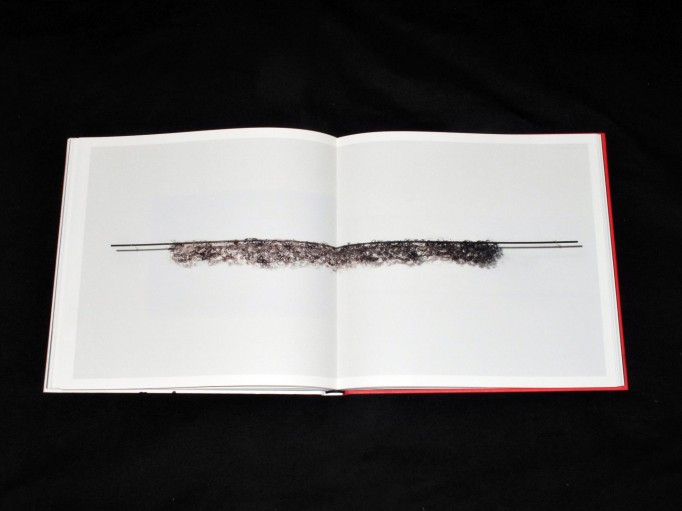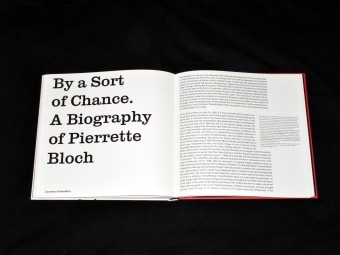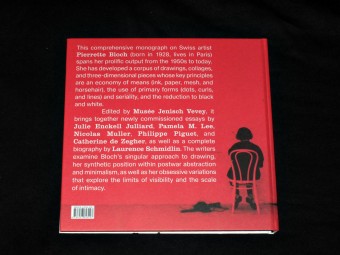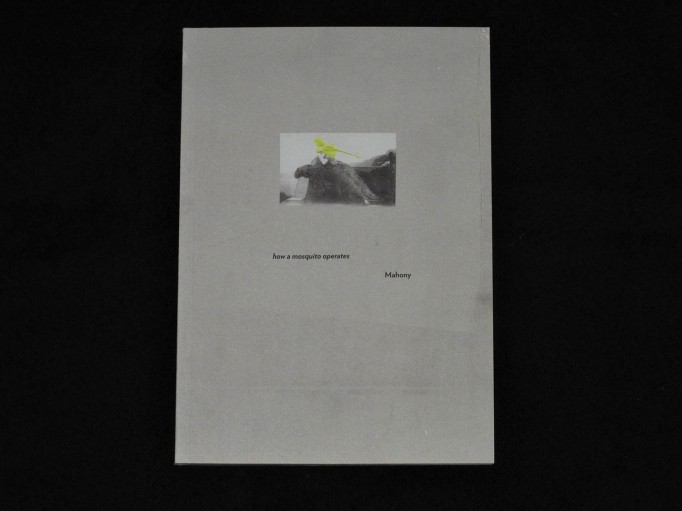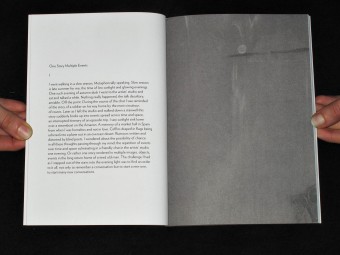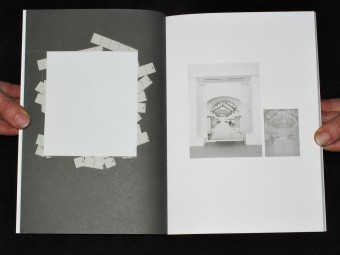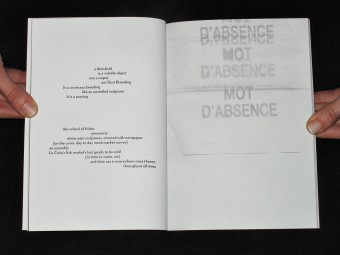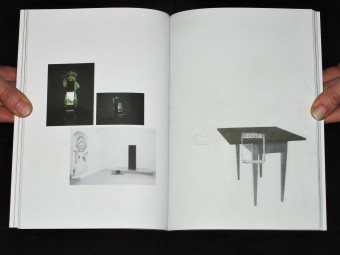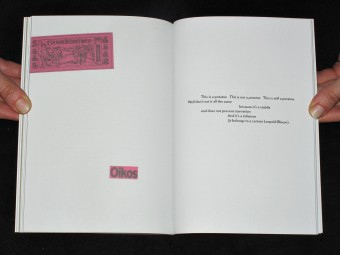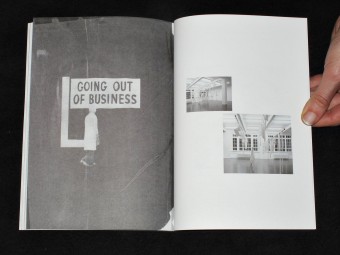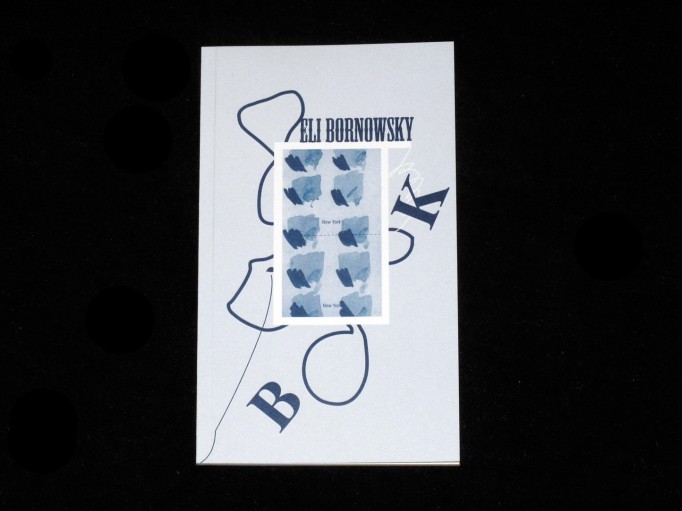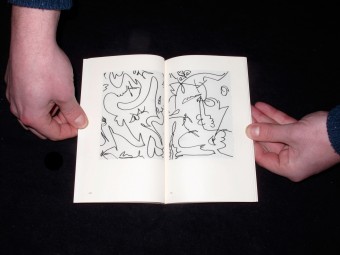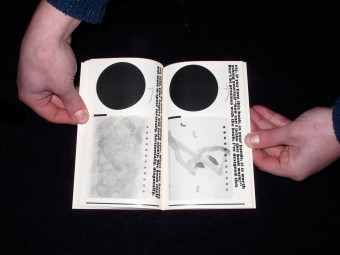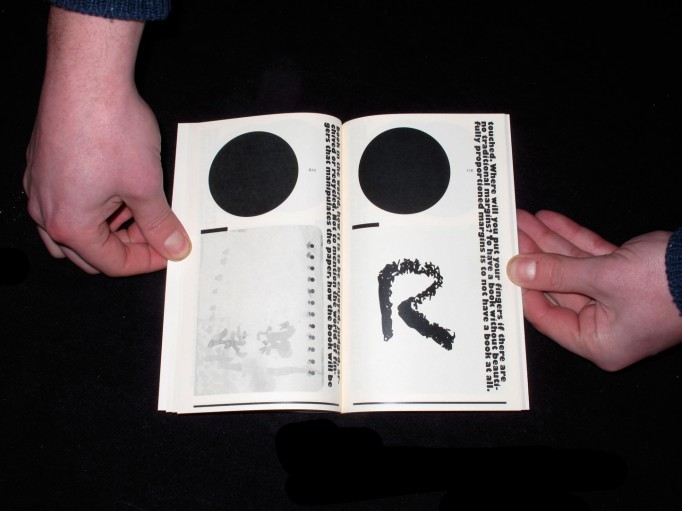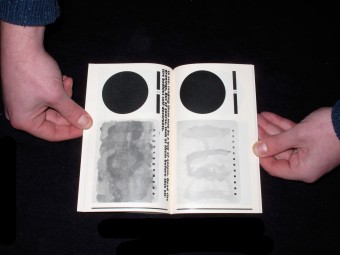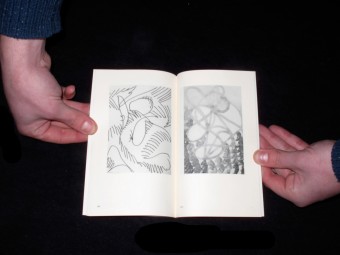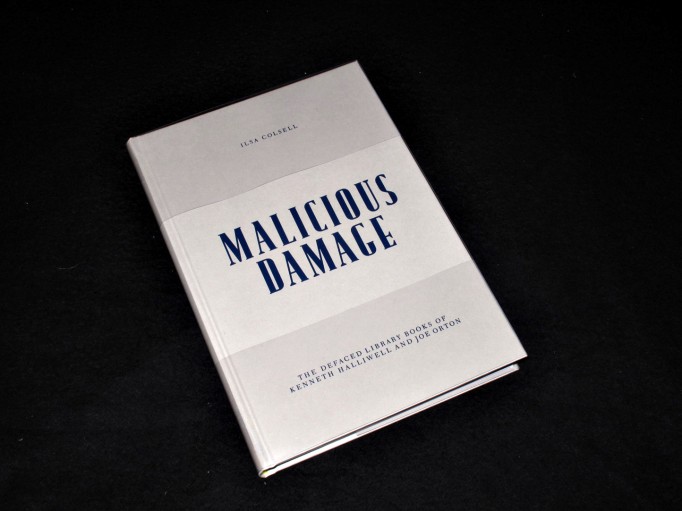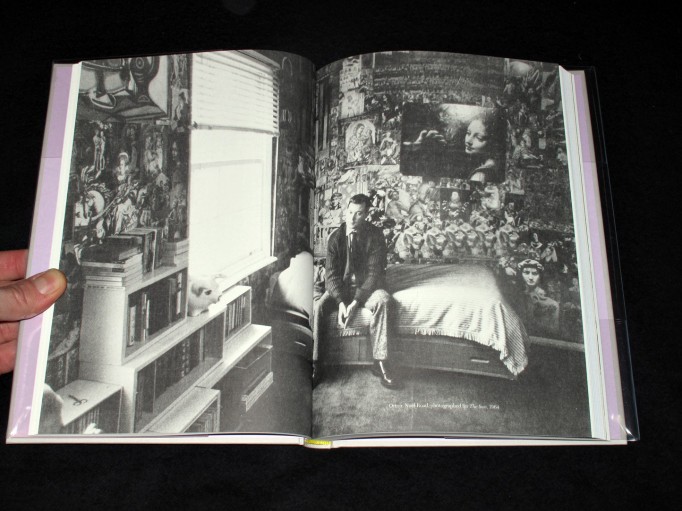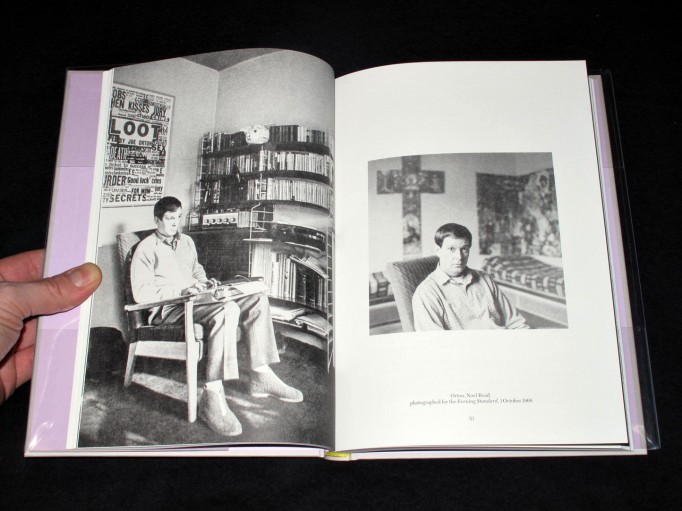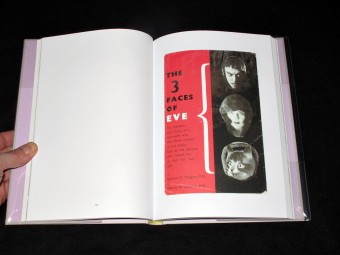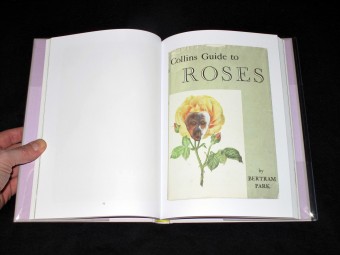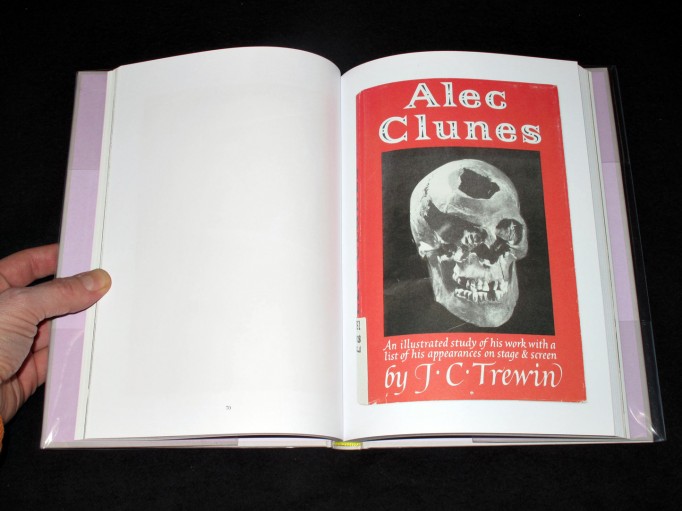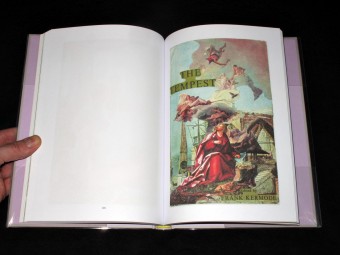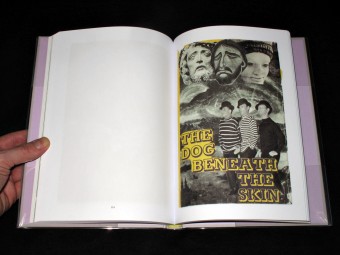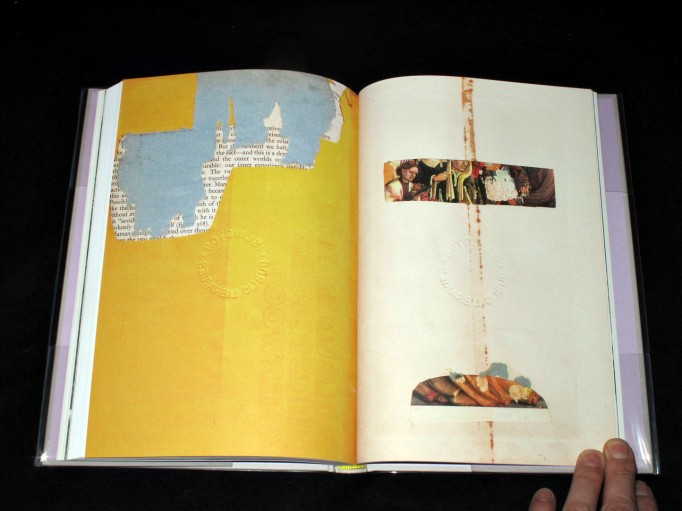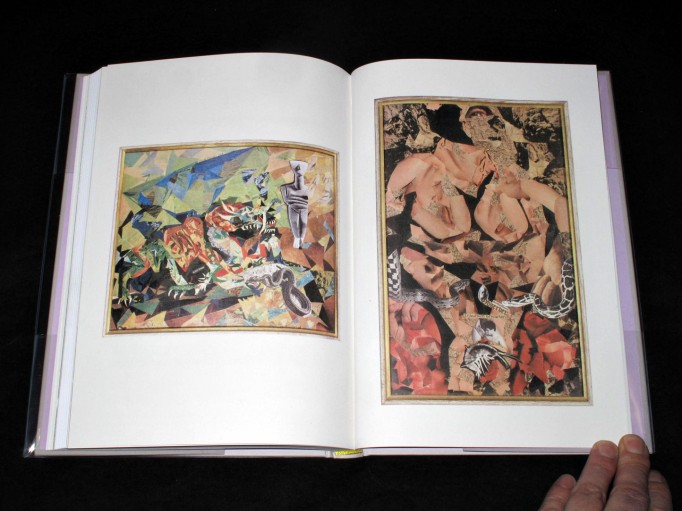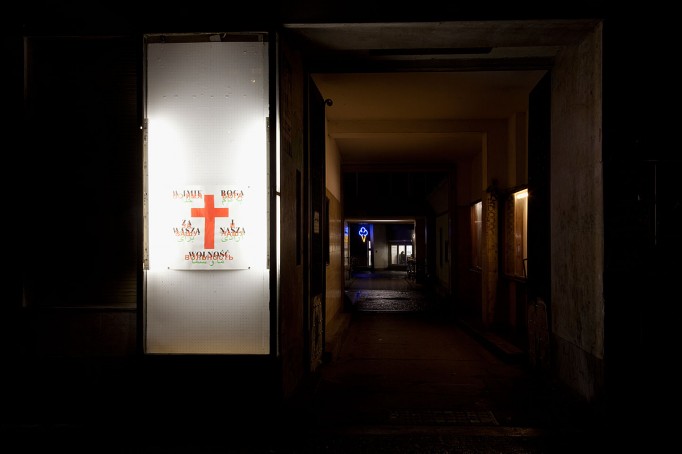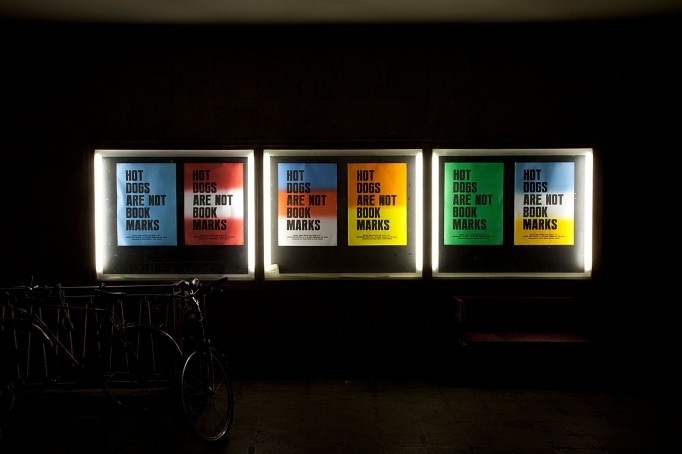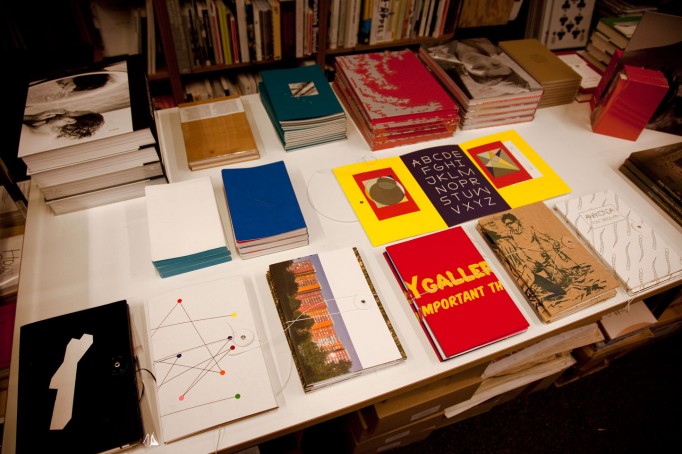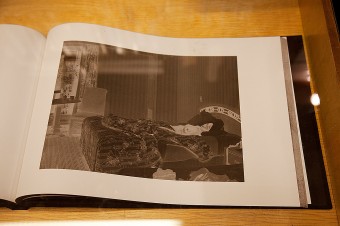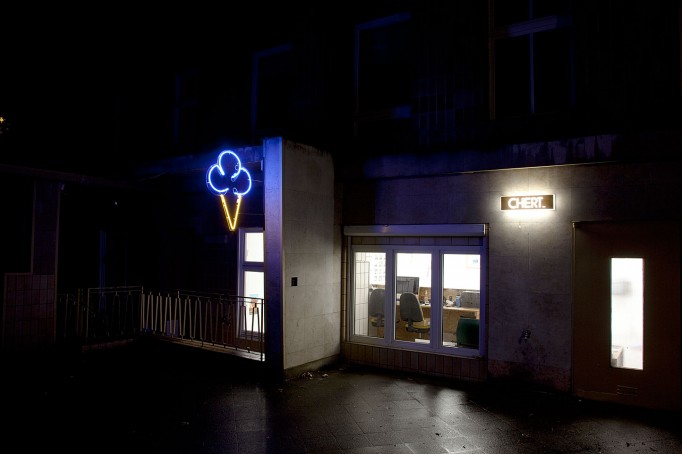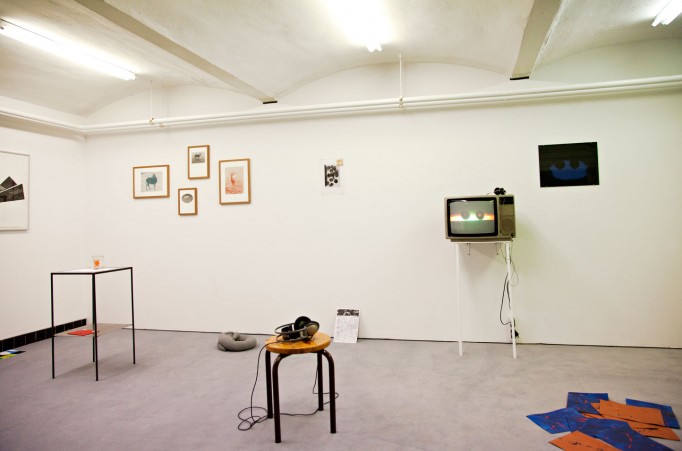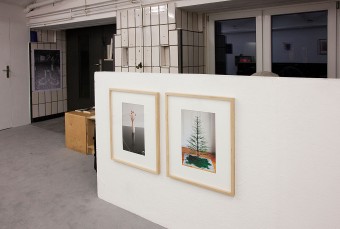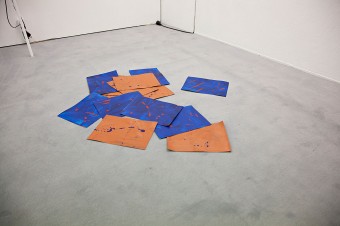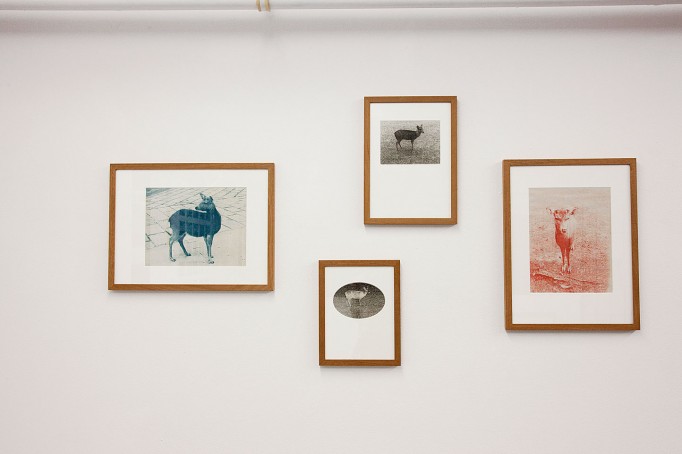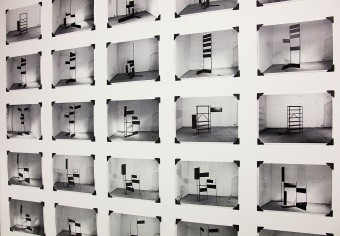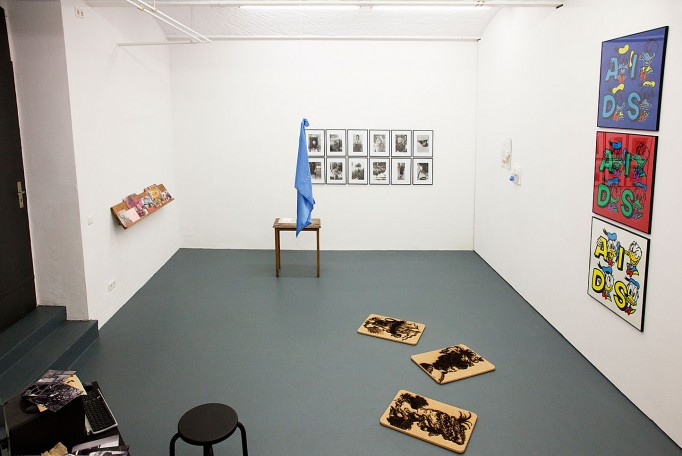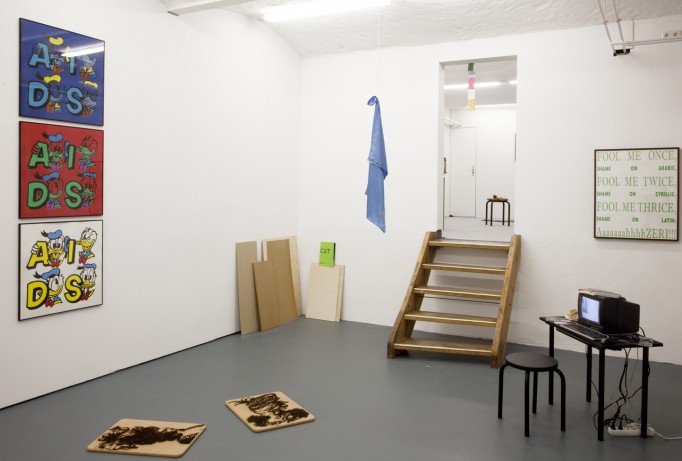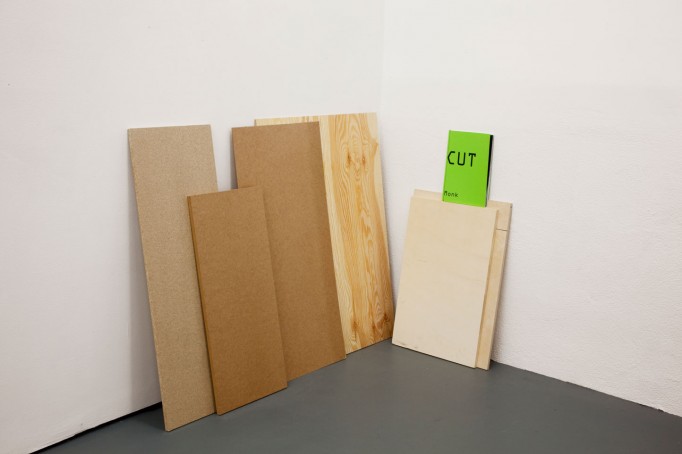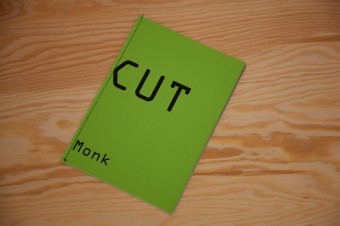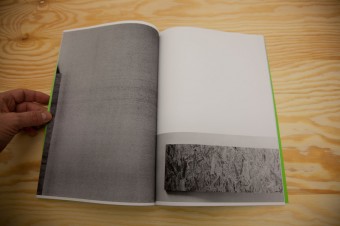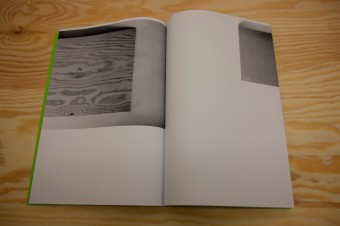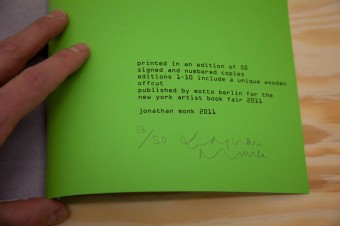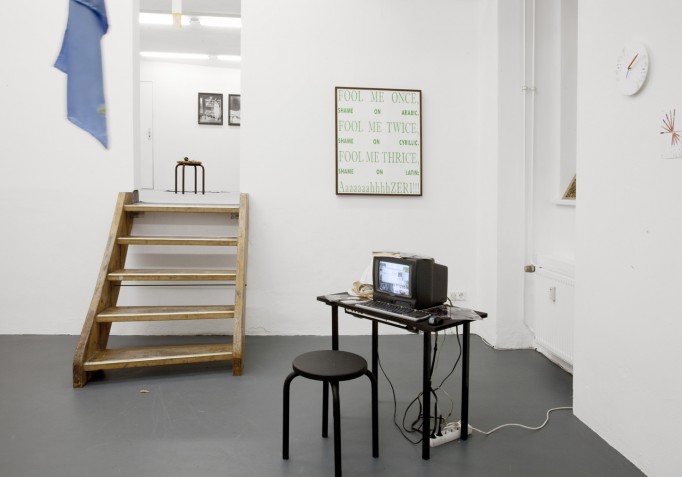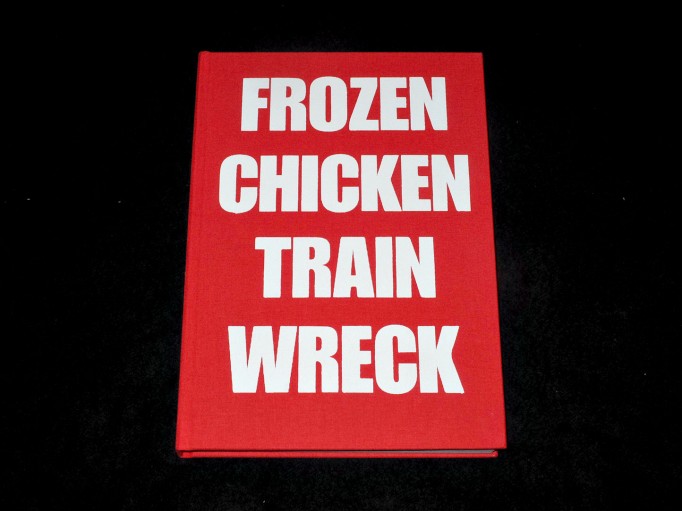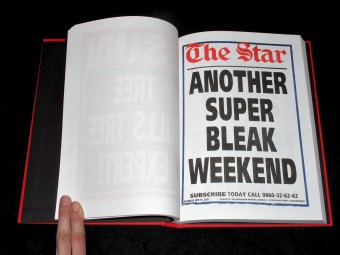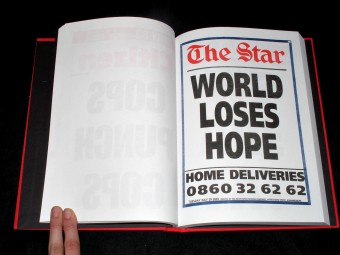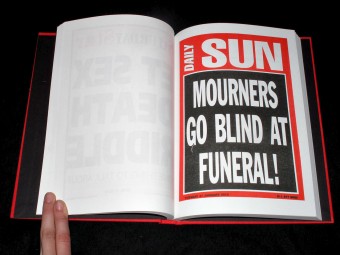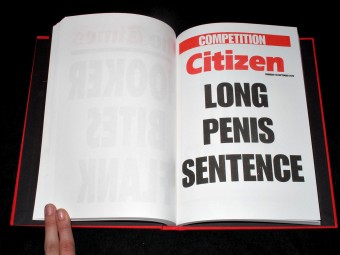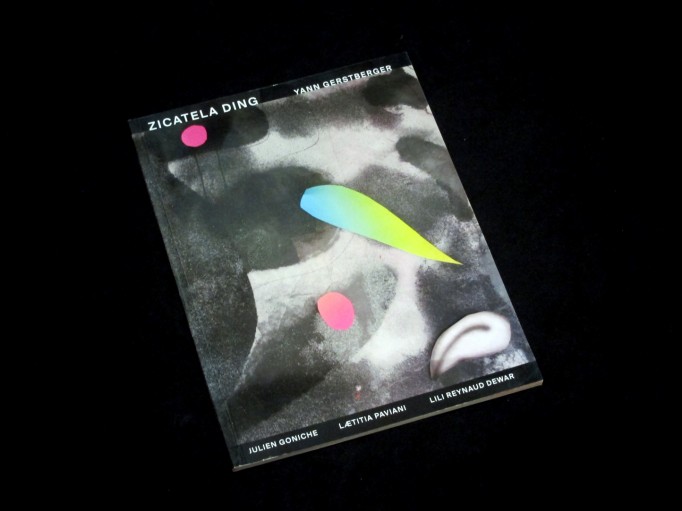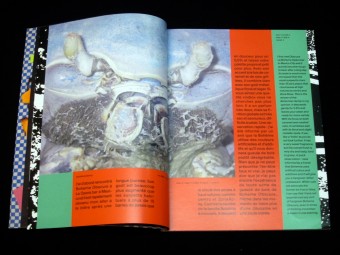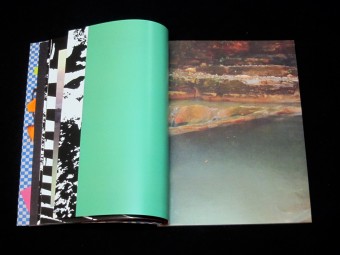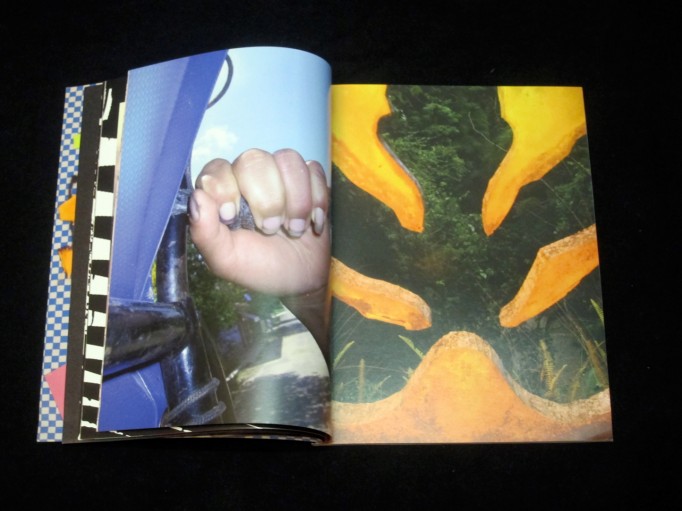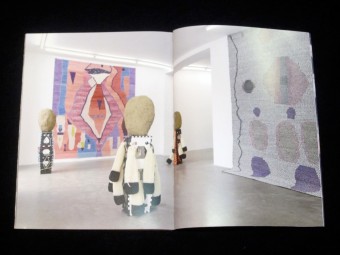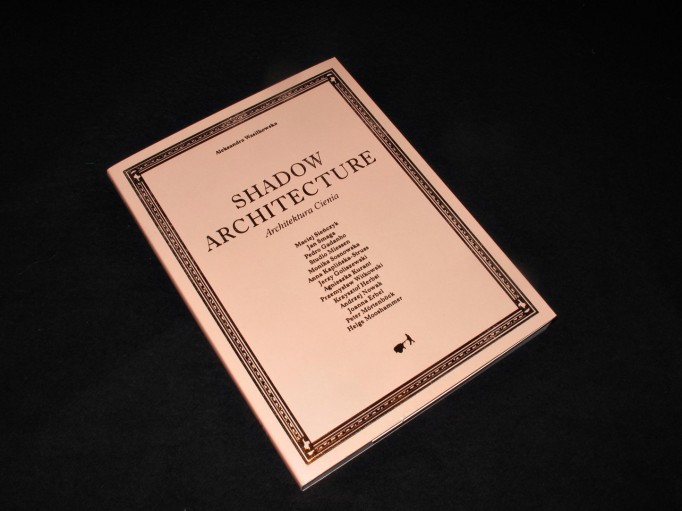
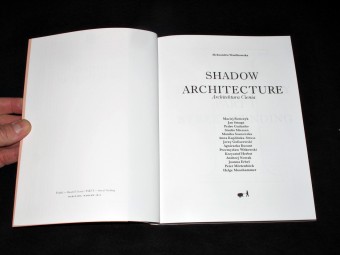
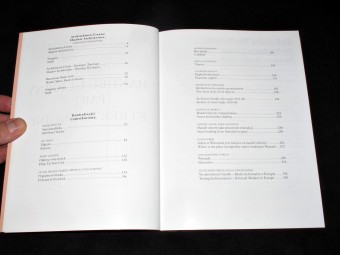
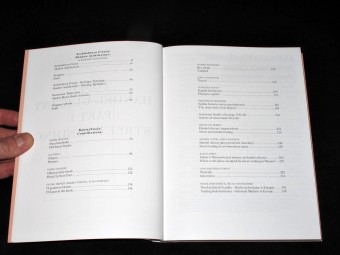
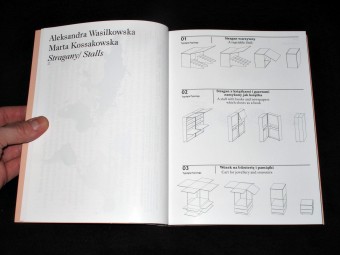
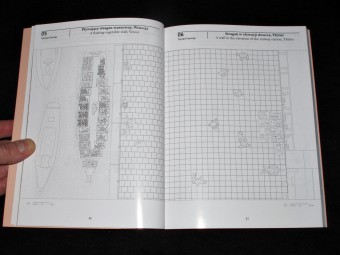
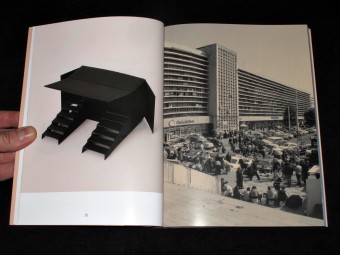
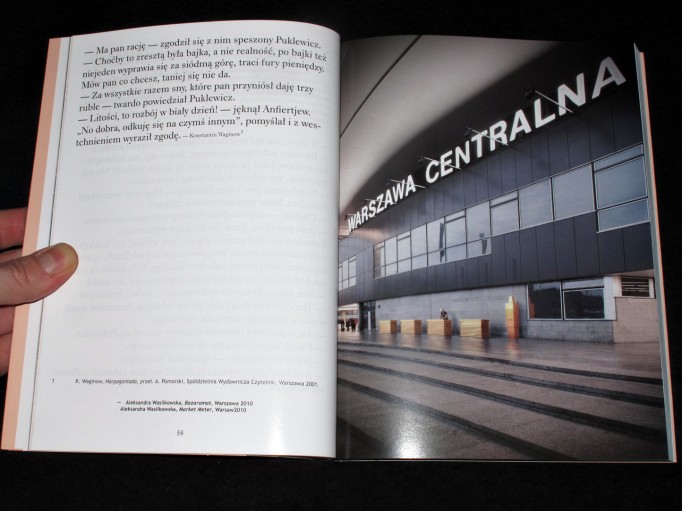
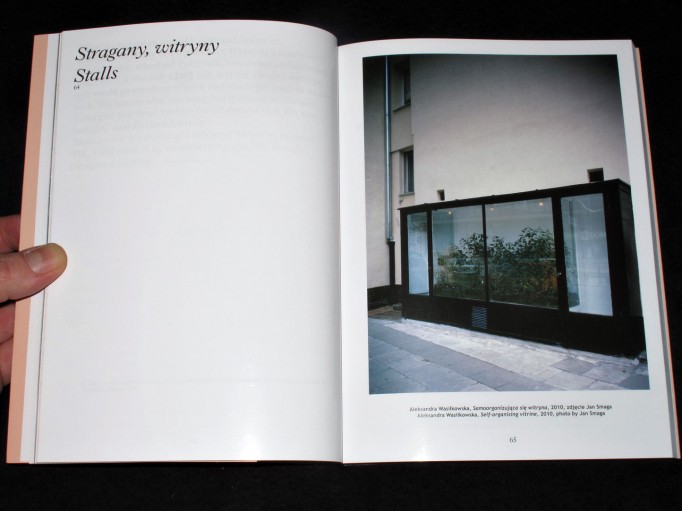
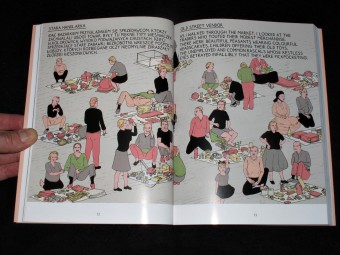
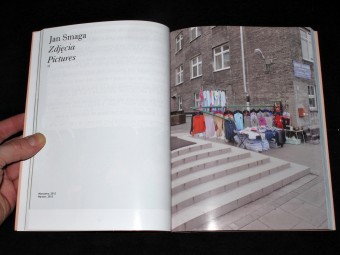
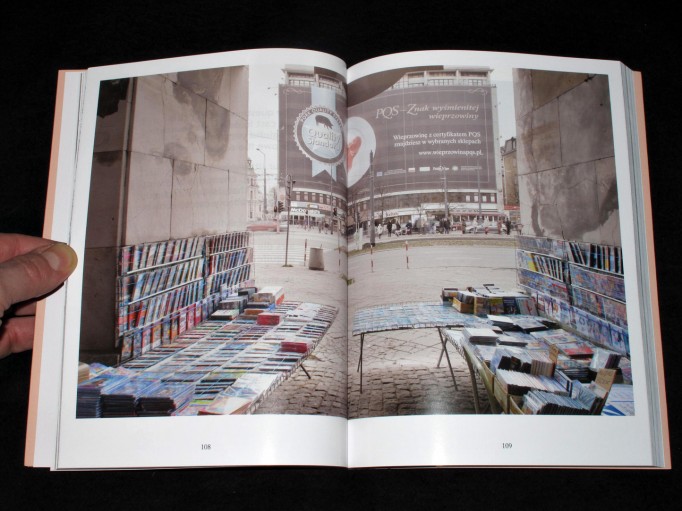
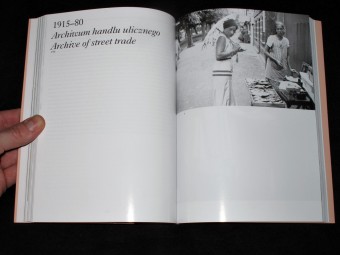
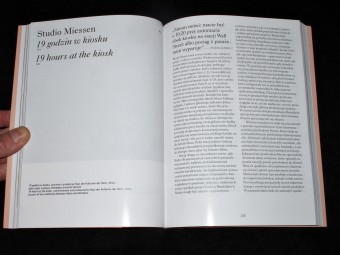
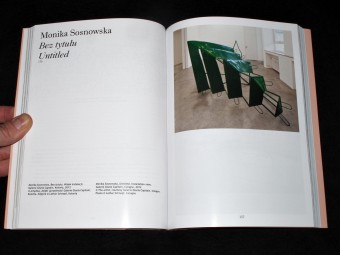

Shadow Architecture / Architektura Cienia. Aleksandra Wasilkowska (Ed.)
The economy shapes both architecture and the ethics of its creators. A city focused only on profits may turn into nothing more than an Excel graph. However, the architects who design buildings without taking into account their future maintenance costs can create monsters that would pray on institutions’ budget and could slowly drive them into bankruptcy. The alternative economies which are being invented at times of crisis such as time banks, cashless exchange of goods and services, alternative currencies or expanding the informal economy, will surely influence both the architecture and organisation of the cities of tomorrow.
In many countries the shadow economy reaches up to 40% of the market share. The prognoses predict an ongoing increase in informal transfer of the capital. According to the Organisation for Economic Co-operation and Development almost half of all the working people in the world, which is around 1.8 billion people, are involved in the shadow economy. It is estimated that by 2020 this number will rise to two-thirds of all working people. More and more customers decide to go shopping at the street markets. This phenomenon is so common that many big corporations decide to launch their products also onto the stalls.
The traditional economy still denies the existence of informal economy because it is hard to examine and the boundary between the formal and informal circulation is rather blurry. Most of the economists ignore the influence it has on the world economy and describe it as a marginal or pathological phenomenon. The whole notion of a term ‘informal shadow economy’ is stigmatising. The journalist Robert Neuwirth in his book ‘Stealth of Nations. The Global Rise of the Informal Economy’ calls for a change in the language and finding a new name for the phenomenon. Instead of ‘shadow l economy’ or ‘black market’ he proposes a different name, ‘System D’.
The spontaneously developing shadow economy, called also the grey economy or System D will become an important element of global economy as well as of the city landscape in the 21st century. The street markets and space occupied by street vendors very often create local informal centres and a real alternative at the times of crisis. Together with the advance of System D we can expect to see the development of architecture and infrastructure related with it. Street stalls, collapsible tables, carts and other architectural forms of System D will have a more important role in our everyday life. As we change the language and the name of the alternative economy we should also coin a term of Shadow Architecture.
Shadow Architecture consists of objects, which were created without participation of any architect, as a side effect of the processes driven by the shadow economy. The awareness of Shadow Architecture has been denied by urban planners and architects although this kind of architecture has its regular users: petty traders and serious street vendors. The Shadow Archetype in Carl Gustav Jung’s analytical psychology stands for an element which has been denied from the individual and collective consciousness. Shadow Architecture is a kind of spatial structure which eludes central planning, just like street stalls.
The space around street trade creates local informal city centres. Marketplaces or stalls are something more than just places of direct exchange of goods and services. They form local and open meeting places, community performances, incarnation of contacts where real money is being confronted with real merchandise. The energy of community which is created by market places can be compared to the energy of public gatherings such as holy masses, sports games, parades or general protests. The movement of buying and selling masses builds a certain kind of fervour, a social exchange. Street trade is always close to the human, the city dies without him.
Street vendors of System D should be treated as an important social group. The shadow architecture: stalls, carts and stands can complement the so-called ‘high’ architecture and should be considered in official projects regarding important intersections, bus stops, metro stations, railway stations entrances and in all places which generate traffic. Local plans should provide solid areas which would allow street trade because a city without a street trade looks like an unfinished model.
20€
Buy it

